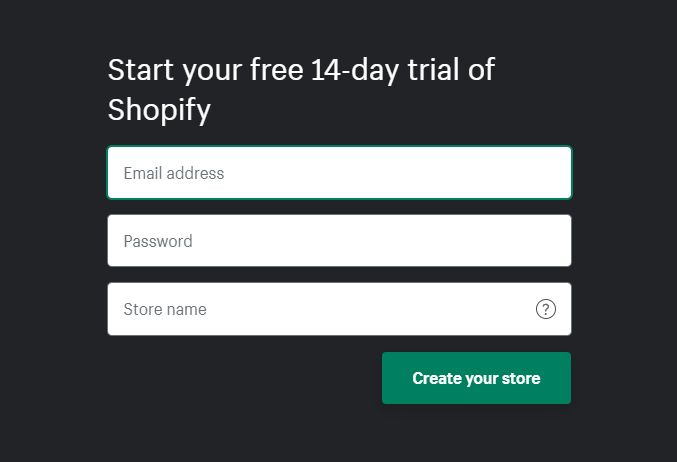As a website owner, what can be more terrible than seeing all of your work entirely lost or destroyed? Your website is valuable as it is an achievement of hard work, it’s worth it that you try to have your site and data protected.
In this high-tech world, your website is put at threat of losing data and documents easily due to hackers or viruses. Unless there is no essential information that you need to keep, it is important to know how to protect yourself by guarding your information online since recently there have been unscrupulous people on the Internet who are looking to take advantage of you. On the other hand, all your online achievements such as your blogs, pages, or a big number of followers is what you should save as a pride.
Knowing that your website security should be a priority, we are going to direct you to the methods that you can take to protect your website, following this article.
How WordPress Protects Your Site And Your Data
Encryption, by Default
Encryption is the process of converting data to code which is used to protect information from unauthorized access. WordPress encrypts (serves over SSL) all WordPress.com sites, including custom domains hosted on WordPress.com. Strong encryption is so vital that WordPress does not offer the option to disable it, which would compromise the security of your WordPress.com site. WordPress 301 redirects all insecure HTTP requests to the secure HTTPS version and also automatically installs an SSL certificate for your site. Very seldom, a site’s specific configuration prevents the SSL certificate from working accurately.
Firewalls
Firewalls are run so as to alert if there are any unauthorized attempts to access WordPress.com accounts.
Monitoring Suspicious Activity
Web traffic and monitor suspicious activity are continuously kept track of by the WordPress team. What is more, they also have security measures in place to help protect against distributed denial of service (DDoS) attacks.
Security Testing
Besides regularly checking the service security and benchmarking of potential vulnerabilities, WordPress also operates a bug bounty program via HackerOne to reward people who find bugs and help them improve the security of their services.
Data Backup and Recovery
WordPress’ systems back up your WordPress.com site data on a regular basis, so just in case of an event that causes data loss (like power supply failure, or a natural disaster, for example), it totally can be recovered.
Security Team
WordPress’ security team is built up based on a commitment to protect your data safe and sound. They work directly with the product teams to address potential security risks and maintain your strong belief in their services.
How You Can Protect Your Site and Your Data
Even though WordPress tries their best to save your data information, you also have the responsibility to protect your own.
Keep Your Secrets Secret
The password can be considered as the easiest leaked out to damage to the security of anything you do online. It is the key to open your private data, profile, blog, email, and other digital services you use. Once your password is leaked out, it seems to be hard to measure how vulnerable it could be of your identity.
What you should do is to build a strong password and keep it unrevealed. The password you use has to be easy to remember and hard to guess.
Log Out of Your Account
Sometimes the fact that you forgot to log out of your account from others’ devices that causes the loss of your documents or leak of private information. If you forget to log out, there might be someone who access your account and do some inappropriate stuff.
Therefore, remember to log out your WordPress.com account when you are finished working.
To log out of your WordPress.com account, click on your Gravatar in the upper right. Then, under your Gravatar click on Log Out.

Control Site Access
WordPress.com provides a rich multi-user platform. This means you can invite people to participate in your blogs to play a specific role - kind of good idea for group blogs with multiple authors, for magazine-style sites with an editorial workflow, or for any other large site where you want to share some of the administrative load. Furthermore, it's important to implement secure data-sharing practices to ensure the confidentiality of your information. WordPress offers tools and protocols for secure data sharing, allowing you to collaborate with others while safeguarding your sensitive data.
Nevertheless, sharing the workload means sharing the responsibilities. Therefore be careful when adding users, try to find the role that best describes what you want them to do on your site. For example if you want a user to only make the plan for writing and posting, add them as a Contributor. Similarly to Author and Editors are people who are permitted to publish and edit posts and moderate comments and tags. Finally, the Administrators who has full control of the site which means they hold as much power as you do. Setting a user to be an Administrator, you’re literally giving them the key to your website and live like a host. They also have the right to kick you out or delete your blogs. We truly suggest you avoid the Administrator role entirely for good. In almost all cases, the Editor role would be a better choice.
Two-Step Authentication
Two-step authentication asks you to log into your account through 2 steps, entering your username and password and then confirming by a code. With this security method, you can use any iOS, Android, Blackberry, or SMS-capable mobile device as a unique key to your blog. After you sign up for the service, it’s necessary for you to enter a specially generated one-time code whenever you try to log into your blog. This means that even if someone gets your password, they won’t be able to log in without possessing your mobile device as well.
Conclusion
The preceding step-by-step instruction is to help you to get your website and your data protected. We hope that the guidance is helpful for you to have a safe experience owning a WordPress account. Please let us know if there is any problem so far.


